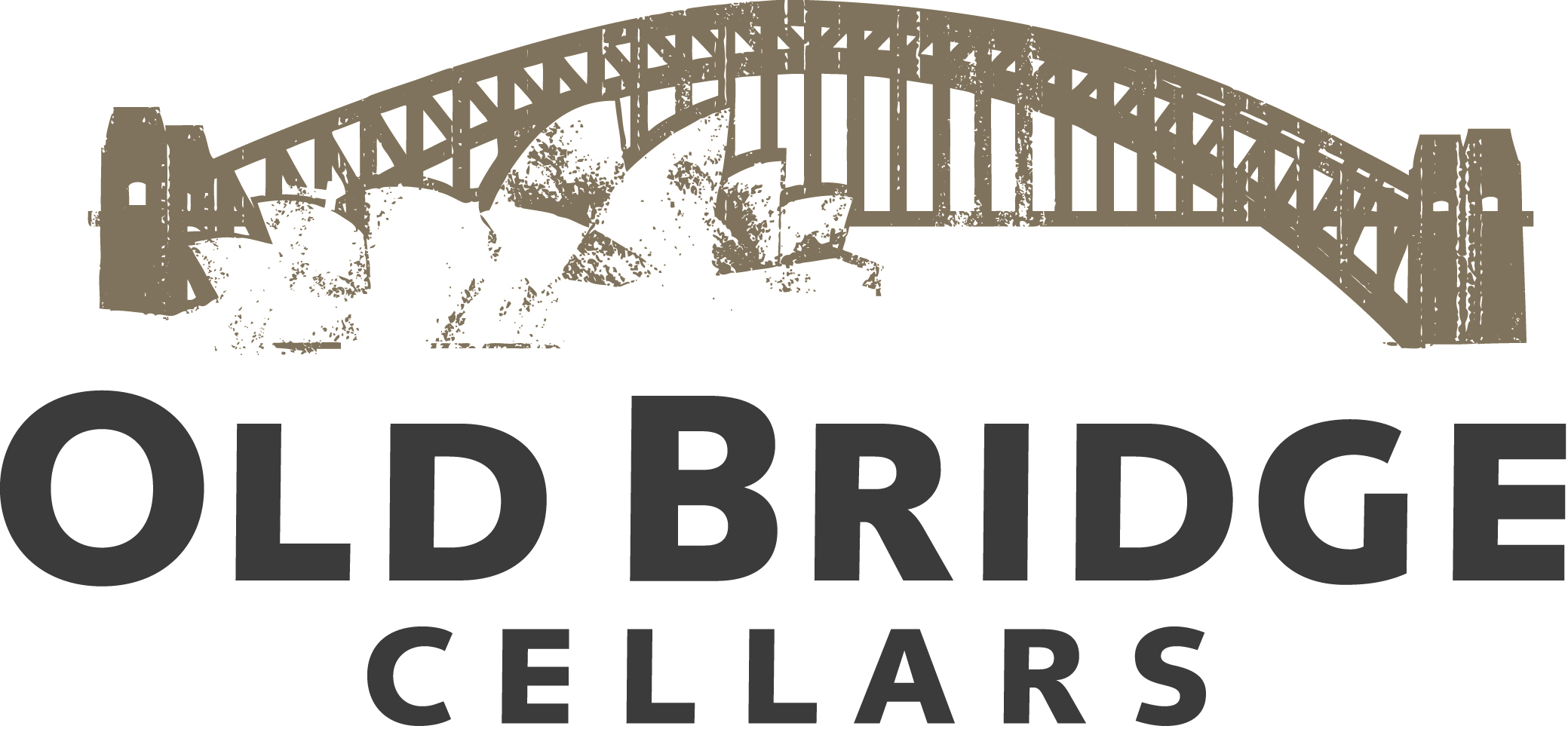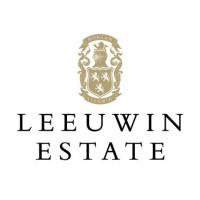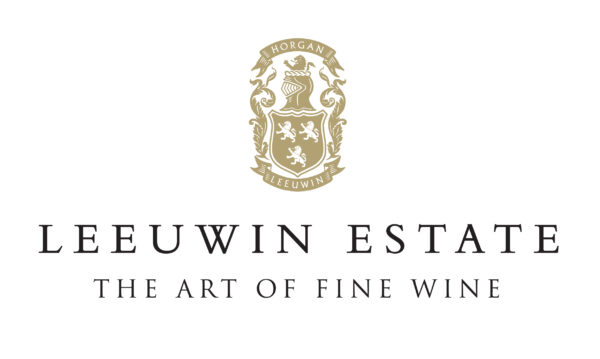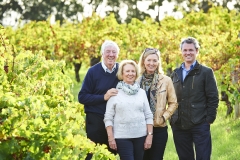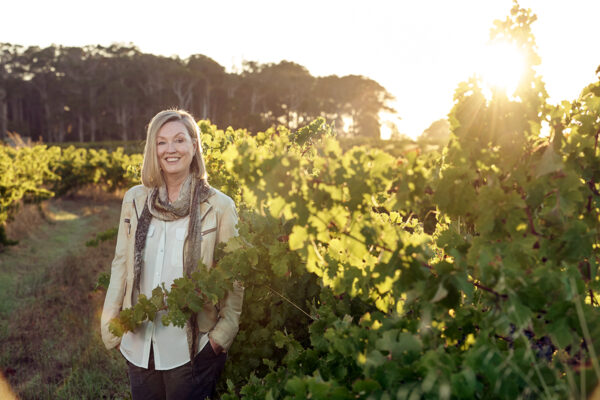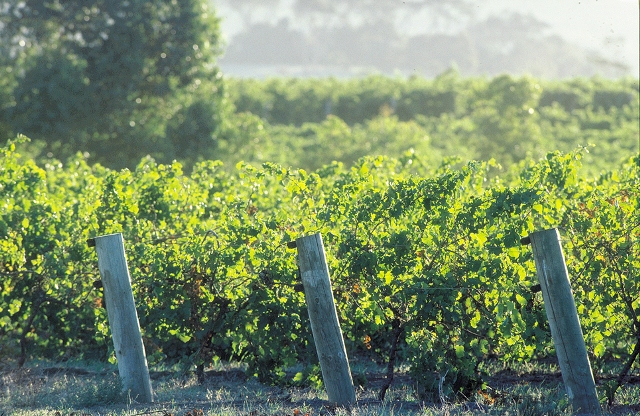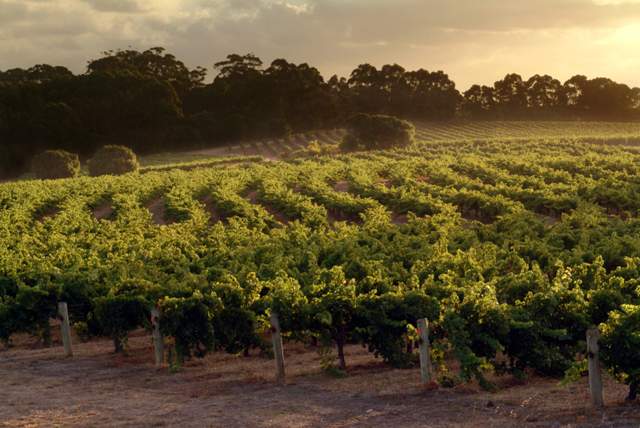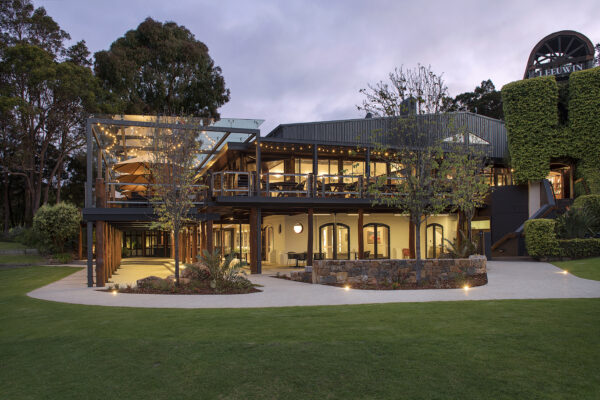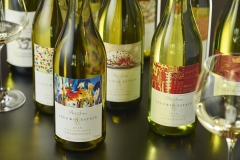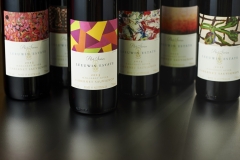- Founded
- 1975 by Denis and Tricia Horgan
- Owner
- Simone Horgan and The Horgan Family
- Winemaker
- Tim Lovett
- Size
- 346 acres
- Climate
- Mediterranean
- Key Varietals
- Chardonnay, Riesling, Cabernet Sauvignon
Margaret River, Australia

Wines
Sauvignon Blanc
Shiraz
Chardonnay
Cabernet Sauvignon
Riesling
Chardonnay
Cabernet Sauvignon
Shiraz
Don’t see what you’re looking for? Contact us at marketing@obcwines.com
"Leeuwin Estate is one of the benchmarks, if not the reference point winery in Margaret River."
About
After an extensive search in 1972 to identify the most suitable Australian area for the production of premium varietal wines, Robert Mondavi singled out a small plot of land in the Margaret River region. At the time a cattle farm, Leeuwin Estate evolved under the direction of owners Denis and Tricia Horgan, with Mondavi acting as consultant and mentor. The Estate was thrust into the international spotlight when Decanter magazine awarded their highest recommendation to the 1980 Art Series Chardonnay. Now under the direction of two generations of the founding family, the Estate is recognized as one of Australia’s leading wine producers and wine tourism pioneers. Featured three times in the prestigious category of “International Winery of the Year” by U.S. Wine & Spirits magazine, Leeuwin Estate wines consistently rank alongside the world’s finest.
Visit WebsiteWinemaking
Under Robert Mondavi’s early direction, the Leeuwin Estate winery was established without compromise. Quality was the utmost priority; the aim, to produce premium wines that would compete on the world stage. Taking advantage of innovative technology, the winery was one of the first in the region to adopt temperature-controlled fermentation tanks, while only the best French oak barrels were imported for maturation. To this day, the winemakers take advantage of modern technology in their drive to achieve complexity, balance and longevity across the range. The result – Australia’s most highly prized white wine: the Art Series Chardonnay.
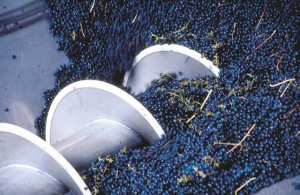
The Making of Art Series Chardonnay
Fruit Selection
There will be rich pineapple and peach like flavors in the grapes that have to be preserved so the picking, loading, sorting and carting of the bunches is done gently. Leaves, damaged or green bunches are sorted out. The motto is “treat em like eggs.”
Crushing/Fermentation
Following picking, the chardonnay fruit is processed in two ways;
- About 65% is whole bunch pressed – the pressing of whole bunches gently loaded into the press by hand, is a fast way of obtaining fresh juice without oxygen damage to the flavor components; speed and cool temperatures are the essence here. Drainage is fast and the juice is cooled on the way to the settling tank. Wines made through this system seem to preserve a lightness and fineness of structure on the palate yet are also dense and fruity.
- Around 35% is crushed and the juice drained, sometimes after skin contact, must cooling into the draining vessel where the skins may stay in contact with the cold juice to macerate. The length of time all depends on the taste (bitterness) of the skins. One lot can take skin contact up to 14 hours as the skins are wonderfully fine and melting. These wines tend to be more assertive and positive about their flavors with grapefruit dominant and so are an essential part of the final spectrum.
Fermentation is started after cold settling using a mixture of selected yeast species. When fermentation takes hold the juice is gravitated to barrels. All of the Chardonnay is fermented in new French oak barriques through to dryness and then matured in the same barrel.
Malolactic Fermentation
Malolactic is used as a softening and an enriching process with certain selected lots. The winery waits until after yeast fermentation is finished to decide on the necessary amount of malolactic. The finished Art Series blends have ranged over the years between 0 and 60% e.g. 1982 – 30%, 1983 none (hot year), 1986 – 30%, 1987 – 20%, 1992 – 60%, 1999 – 25% and 2000 – 39%.
Oak Maturation
The oak flavors are quite strongly and definitely picked up by the must although during fermentation those raw tannins and wood flavors are recreated into something approaching mature Chardonnay varietal characteristics.
The secret though, is to find by trial and error the type of oak and the cooper suitable to complement the vineyard. Leeuwin Estate utilizes fine-grained woods from the Troncais and Allier forests from two French coopers. The must and wine is worked in the barrel regularly. Stirring to keep the ferment going and later rousing the lees to help the malolactic to go through and “yeast fine” the wine. The yeast also seems to mellow and coax the palate out of extreme youth.
The wines sit on their yeast lees in the barrels topped and stoppered tight, quietly maturing and changing in the cool temperature maintained cellar. They are roused monthly for stirring and further topping. During the first winter – spring period, tasting at the same time shows the young wines to be slowly shrugging off the masking fermentation characters.
Blending/Bottling
Outstanding lots start to be obvious and using Block 20 as the basis, the winemakers will get an idea of how the new Art Series will come together. The final blending of the lots will not take place until each barrel has had the required amount of maturation time. Therefore, while one lot (usually Block 20) can require up to 17 months, there are others that are lighter and more delicate that would show as top heavy and out of balance with more than nine months in wood. Always the Prelude release of that year is bottled and ready for release whilst the Art Series is still being worked in barrels.
It is usually 18 – 24 months after vintage that the Art Series wine is bottled after a light fining for stability. It is handled gently throughout the transferring and the first and only pumping of the wine is at bottling. Bottles are then laid down and held binned in the cool storage cellar for no less than 15 months prior to release.
Vineyards/Viticulture
Situated at Australia’s most southwestern point and surrounded by ocean on three sides, Margaret River offers a consistent, maritime climate. Warm days are tempered by cool evenings, protecting the vines from extreme temperatures. The region’s ancient granitic base provides free-draining laterite gravel soils that are ideal for viticulture. Enjoying such a favorable grape-growing environment, Leeuwin Estate’s viticultural practices focus on minimal intervention. The Estate is planted to predominantly Chardonnay, Cabernet Sauvignon, Sauvignon Blanc and Riesling; however, it is Block 20, Leeuwin’s greatest site, that bears fruit for the iconic Art Series Chardonnay. Situated on the lower slopes of a northwest facing, rolling gravelly hill, the twenty-five year-old vines are of the original Gin Gin clone. These tiny berries offer bright acidity and delicate, yet persistent, varietal flavor – the hallmarks of the acclaimed wine.
Leeuwin Estate’s plantings total 346 acres, with the bulk of these (214 acres) planted between 1975 and 1978.
Chardonnay – The Legendary Block 20
The chardonnay plantings comprise 62 acres of vines divided into eight distinct parcels, all with differing soil and slope profiles. Each plot is harvested separately and kept separate throughout the entire winemaking process. The wines reflect these differences intimately and unfailingly from the beginning.
For example, Block 20 (the “Front Gate” Chardonnay) always forms the basis and backbone of the Art Series. So what is it then that makes Block 20 the ultimate producer of Chardonnay grapes?
It’s situated on the mid to low slopes of one of the rolling gravelly hills formed by the dissecting creek system of the vineyard. Aspect and exposure is to the north and west. The vines are now twenty five years old and are the original 1957 importation known as the “Gin Gin Clone.”
Compared to some of the other vineyard sites the vines in Block 20 seem to grow in a perfectly balanced way. Cooled by the afternoon sea breezes, they receive even summer sun throughout the growing season. The soil appears to be just deep enough to allow leaf growth up to the commencement of ripening, yet not so abundant as to confuse the vine into growing and ripening at the same time.
Yields are moderate, never more than 2.5 tons to the acre and the bunches are rather small with lots of “hens and chickens,” but it is always ripe with usually 8-9gms/litre of natural acidity together with that delicate but extremely mouth persistent varietal flavor pronounced.
The fruit flavors are mirrored in the resulting wine which originates with delicate balance but has a capacity to age into something extraordinarily powerful and mouth filling whilst still maintaining its finesse such as the 1982 “Art Series” wine. Block 20 must certainly be one of the most valuable pieces of acreage in Australia.
By contrast Block 21, “Denis Road,” always gives a full, sweet and soft wine requiring less wood maturation in most years and resulting in an obvious “Prelude.”
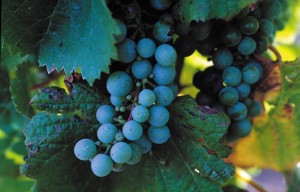
Soils
The soils are moderately deep laterite gravels over ancient base rock and are generally acid pH of 5.4-5.8. These granite soils are some of the oldest and most leached in Australia. They also happen to be text book quality for growing vines, because of their general “warmth”and well drained openness which allows great root penetration and exploration.
Climate
85% of rainfall is received during six months, with very little rain during the ripening period. The depth of soil generally supplies the bulk of the vineyard’s needs throughout the dry period.
The mean daily maximum and minimum temperatures during the summer season are very similar to those of Bordeaux, however the Margaret River growing season begins slightly earlier and closes a little later, providing greater latitude for fruit to ripen.
As a result of the environment, the weather conditions in an “average” year in Margaret River equate to that which Bordeaux only enjoys occasionally in “great” vintage years.
